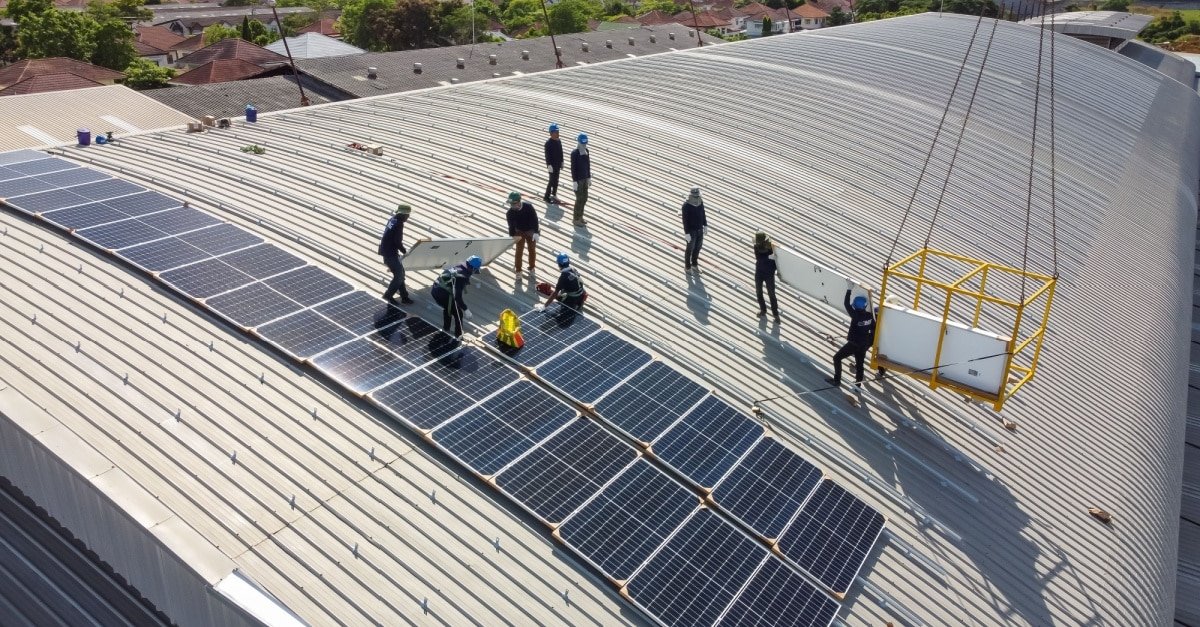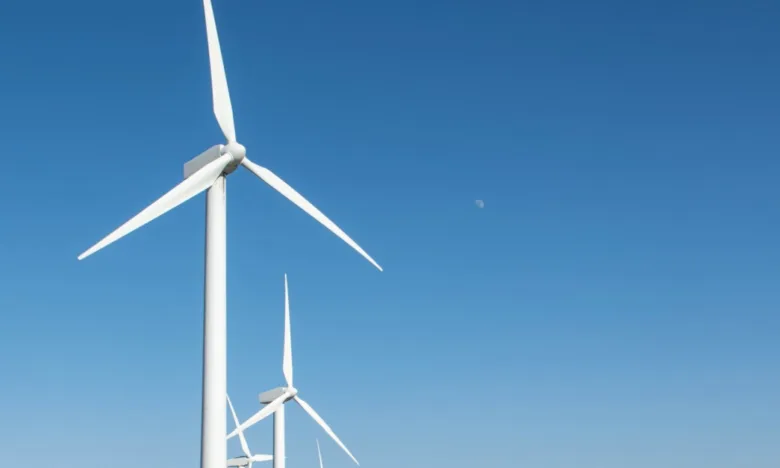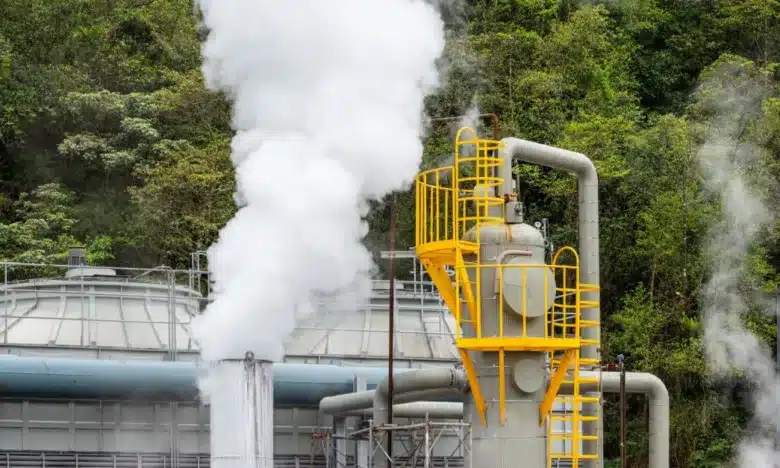
PH Needs 350,000 More RE Workers by 2030, Says ILO
- July 23, 2025
As the Philippines strengthens its position as a regional hub for renewable energy, the International Labour Organization (ILO) warns that the country will need an additional 350,000 skilled workers by 2030 to support this rapidly growing sector.
In a side interview at a green jobs forum in Makati, ILO Country Director Khalid Hassan highlighted the Philippines’ leading role in Southeast Asia’s renewable energy development, noting the impressive scale of upcoming projects.
Despite this momentum, Hassan cautioned that the existing workforce is insufficient. Only around 120,000 Filipinos are currently employed in the renewable energy sector.
“The issue now is that we don’t have the labor workforce, or the skilled labor workforce that will be needed for [the] energy transition. That needs special curriculum and special training for those people,” he explained.
(Also read: Renewables Make up Lion’s Share of New Energy Projects in 2025)
Major investments fuel demand for skilled workers
Significant investments are underway to boost the country’s clean energy capacity. Among them is a USD 15-billion deal with Masdar, a state-owned firm from the United Arab Emirates, which aims to deliver 10 gigawatts of solar, wind, and storage capacity by 2040.
Complementing this is Terra Solar’s construction of what is projected to be the world’s largest solar power plant, a 3,500-megawatt facility in Central Luzon.
The Department of Energy has also awarded 92 service contracts for renewable energy projects, many focusing on offshore wind. Collectively, these initiatives could generate more than 65 gigawatts of power across key regions, including northern Luzon, the western seaboard of Metro Manila, and portions of Mindoro, Panay, and the Guimaras Strait.
(Also read: Is Offshore Wind Worth It? A Look at Its Pros and Cons)
Closing the skills gap through apprenticeships and training
Hassan emphasized that the skills gap is a major bottleneck for renewable energy growth. Companies report a 75% shortage of skilled workers, with training programs lagging behind industry needs.
“Investments are being delayed or compromised due to a lack of ready, qualified workers,” he said. Safety remains a concern, especially for younger workers involved in wind and solar construction.
The ILO noted that current technical and vocational education systems are government-driven, with limited involvement from employers in shaping curricula.
Hassan pointed out, “This disconnect is slowing returns on investment and affecting project quality.”
To address these challenges, the ILO is working with the Philippines to create a national apprenticeship system tailored to renewable energy. The initiative aims to set industry benchmarks and key skill requirements, create certified apprenticeships tied to actual employment, uphold safety and health standards, and help industry stakeholders shape government policy.
(Also read: New DOE Sec. Garin’s 5 Focus Areas)
Scaling up training to meet future workforce needs
The alliance plans to train 10,000 workers by 2029, with women comprising half of the trainees. It also aims to certify 2,400 apprentices with an 80% job placement rate.
To further strengthen the workforce, 240 supervisors and 180 vocational instructors will receive certification. The initiative will also launch 25 pilot training programs covering various renewable energy sectors.
Sources:
https://businessmirror.com.ph/2025/07/09/ilo-phl-needs-350000-more-workers-for-re-jobs-by-2030/



